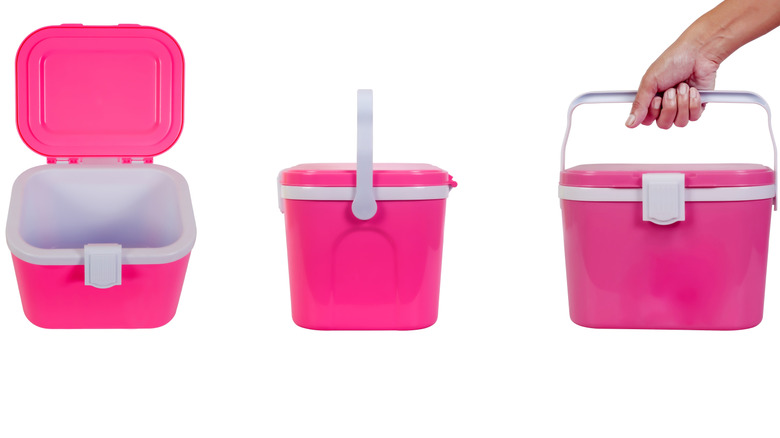Airless Vs. Foam-Insulated Coolers: Which One Holds Temperature Longer?
When looking for a cooler, many shoppers focus on the size or price. Some may favor a big-name brand like Igloo. They often ignore the most important feature: insulation. In other words, how long does it stay cold? The two most common types you'll find — apart from electric coolers — are foam-insulated and vacuum-insulated (also called airless) coolers. If you want your ice to last long enough to effectively cool the contents inside, then it's necessary to understand the difference before you buy. How does a cooler work? Simply put, it slows down the transfer of heat from the warm air outside to the colder interior.
Good insulation blocks conduction and convection, meaning the cold inside takes much longer to equalize with the surrounding temperature. Foam-insulated coolers use dense materials filled with little pockets of air, which slow down heat transfer but still allow it to creep in over time. Vacuum-insulated coolers work by removing practically all of the air between the walls, preventing most heat movement almost entirely. Manufacturer insights and lab tests show that this approach results in longer, safer cold storage. It's an element that could be the difference between ice-cold and lukewarm food and beverages.
How different coolers hold temperature in practice
A high-quality foam-insulated cooler normally keeps ice intact for about five to seven days under regular conditions. This makes it a dependable choice for a backyard barbecue or weekend camping trips. However, it's important to note that the amount of ice packed and how often the lid is opened will have an effect on cooling efficiency.
Vacuum-insulated coolers, standard in high-end water bottles and premium cooler lines that use vacuum-insulated panels, perform far beyond foam. Even modestly sized vacuum-insulated models can maintain ice for 24 to 48 hours longer than similar foam-insulated coolers. When used in larger vacuum-insulated coolers, this technology can keep its contents cool for nearly twice as long, significantly reducing the risk of spoiled food and warm drinks. But this cooler doesn't come without its drawbacks. Vacuum-insulated coolers are usually heavier, more expensive, and not as widely available.
Choosing between a foam-insulated and a vacuum-insulated cooler ultimately comes down to how you plan to use it. For short weekend getaways, casual outings, or tailgates, a well-made foam-insulated cooler should do just fine, offering reliable performance without adding the extra weight or sizable price tag of a vacuum-insulated one. Just expect to replenish ice if your trip is a few days longer than expected, especially in hotter climates. If you like to venture out for extended trips or just want absolute confidence that your supplies stay cold for longer, a vacuum-insulated model by all accounts is the wiser choice. For a cleaner, iceless choice, you can also check out the benefits of using a smart cooler.

